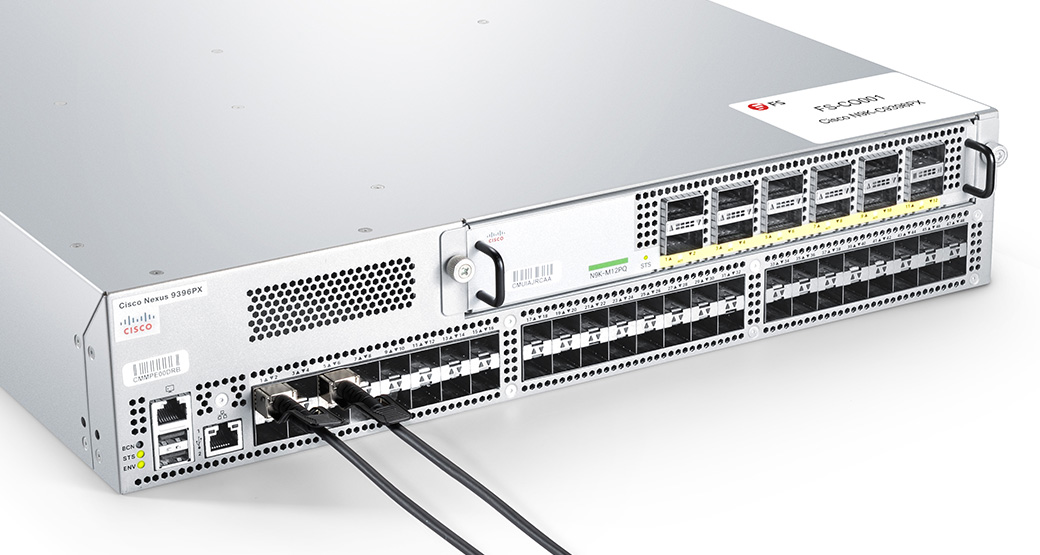


Now, do you need, and want to pay for, the other 20% ? Disclosure At the least, you can use the 80/20 rule, 80% of the functionality can be provided with 20% of the effort using merchant silicon. Arista is completely promiscuous about it’s use of other people’s silicon. Cisco says it will continue to develop and support it’s own chips, as does Brocade. However, where scarcity of silicon once protected network vendors from competition, this is a another disruption in the business model. The world isn’t going to change overnight because of this. This should mean cheaper pricing on switches made with these future chips. Less chips on the board means less cost to design, manufacture and maintain. For example, this is a silicon architecture for a Cisco C3750/C3560 switch Īs you can see there is a PHY chip that has eight Ethernet ports. PHY density varies according to actual silicon used. Today, a switch contains the core silicon and several support chips that provide the PHY for the Ethernet ports. Elimination of these external PHYs saves cost, power and board area, which are critical in today’s large, flat data center installations. With up to 72 10G SerDes on the FM6000, this eliminates up to 18 external quad PHY chips that must be used when lower quality SerDes are used within the switch ASIC. These PHYs can drive up to 7m of SFP+ DA copper on 10GbE ports or up to 5m of QSFP DA copper on 40GbE ports. With the knowledge that many of our customers are designing low-latency ToR switches using DA copper cabling, we chose to embed high quality 10G PHYs within our Intel Ethernet FM6000 series switch silicon. In this blog post, I believe that Intel is talking about their merchant silicon for Ethernet switches (previously Fulcrum) and the fact that the next generation of chips will have the PHY silicon integrated into the core chip:Īt Intel, we took a different approach.


 0 kommentar(er)
0 kommentar(er)
